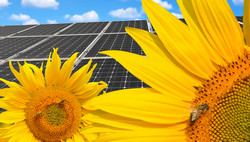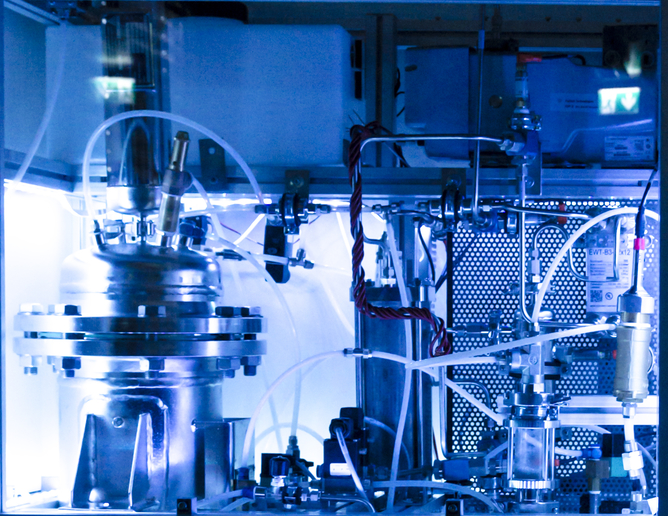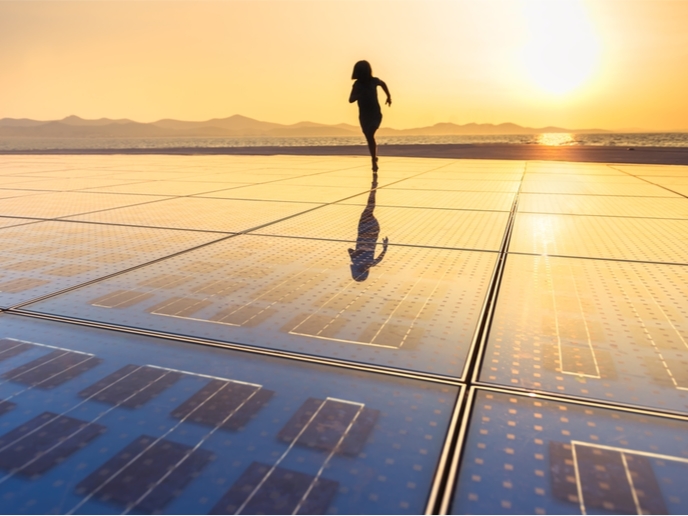Boosting efficiency of organic solar cells
Representing an emerging technology in the PV field, OPV offers the potential to convert solar energy into electricity at a low cost. However, low power conversion efficiencies and efficiency limitations remain significant barriers to enhancing widespread market uptake. The EU-funded project IQEOPV (Internal quantum efficiency limitations in organic photovoltaics) investigated the photogeneration and recombination processes of charge carriers to ultimately optimise OPV performance. Through detailed studies, scientists gained further insight into the overall cell voltage dependence on recombination. Proportionate to the voltage, the diode ideality factor was determined for a set of organic solar cells over a large range of charge carrier concentrations and temperatures. Team researchers found that the open-circuit voltage for many high-bandgap materials is deviating from the expected logarithmic behaviour when approaching high current or light intensities. Surface recombination occurring at the electrode was likely to account for this voltage deviation. Furthermore, this loss in voltage was associated with a non-radiative transition at the electrode. The polymer and fullerene materials used in OPV proved to significantly affect the energy tail of absorption and the energy onset of radiative recombination. This considerably limits the performance of solar cells given that the photovoltage remains far below the upper limit. The relaxation energy of charge carriers within the charge transfer states was found to largely account for this voltage loss. Scientists found a new type of solar cell that can achieve high PV performance – radiative efficiency – based on organic and inorganic materials. These hybrid solar cells open a new route to manufacturing large-area PVs with substantially lower parasitic recombination and higher open-circuit voltage and power conversion efficiency. Pure OPVs have to overcome substantial obstacles before being able to contribute significantly to the production of renewable energy. Despite the possibility to easily manufacture large-area solar cells at a low cost, their soft structure limits their potential to reach very high power conversion efficiencies. Further research is necessary to overcome this issue.







